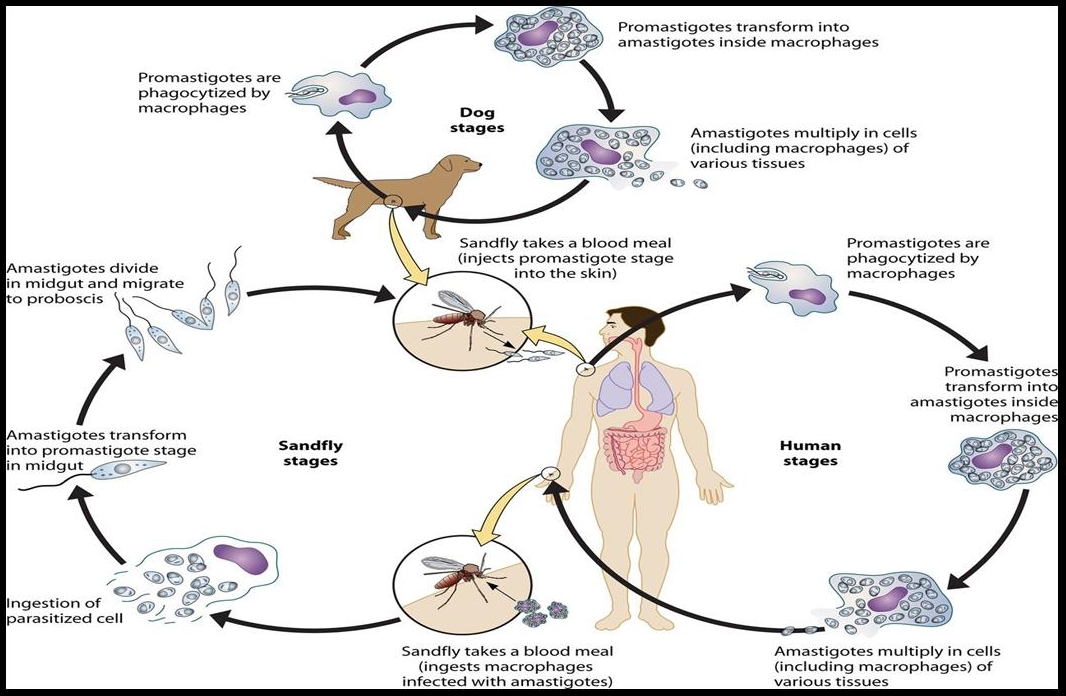Abstract
The aim of this study was to compare the conventional healing screw
with custom healing screw in terms of maintenance of soft tissue
architecture. Twenty-four patients who underwent single tooth extraction
and single immediate implant placement were included in the study.
Twelve patients were treated with conventional healing screw after
immediate implant placement (control group) and 12 were treated with #screwretainedcustom healing screw (test group). After minimally traumatic tooth
extraction, a temporary abutment was fabricated utilizing #flowablecomposite, which adapted to the socket architecture, to serve as a
customized healing screw. In order to evaluate soft tissue remodeling in
all cases,
digital impressions were made before tooth extraction, at implant
insertion, at 6 months after insertion, and after placement of the final
restorations.
After 6 months of the #Osseo integrated period, the custom healing screw
served successfully as a tooth profile for peri-implant tissue. In cases
of
implants with conventional healing screw, soft tissue remodeling around
the implants is observed, in contrast to cases of custom healing
abutments.
Correct design of a healing abutment is important for maintaining the
emergence contour in cases of immediate implant placement. In our study,
a considerable difference was observed between the standard #healing screw and customized healing screw. The selection between provisional
restoration and customized healing abutment is only based on #esthetic considerations.
For more articles on BJSTR Journal please click on https://biomedres.us/
For more Medical Case Reports Articles on BJSTR


No comments:
Post a Comment
Note: Only a member of this blog may post a comment.